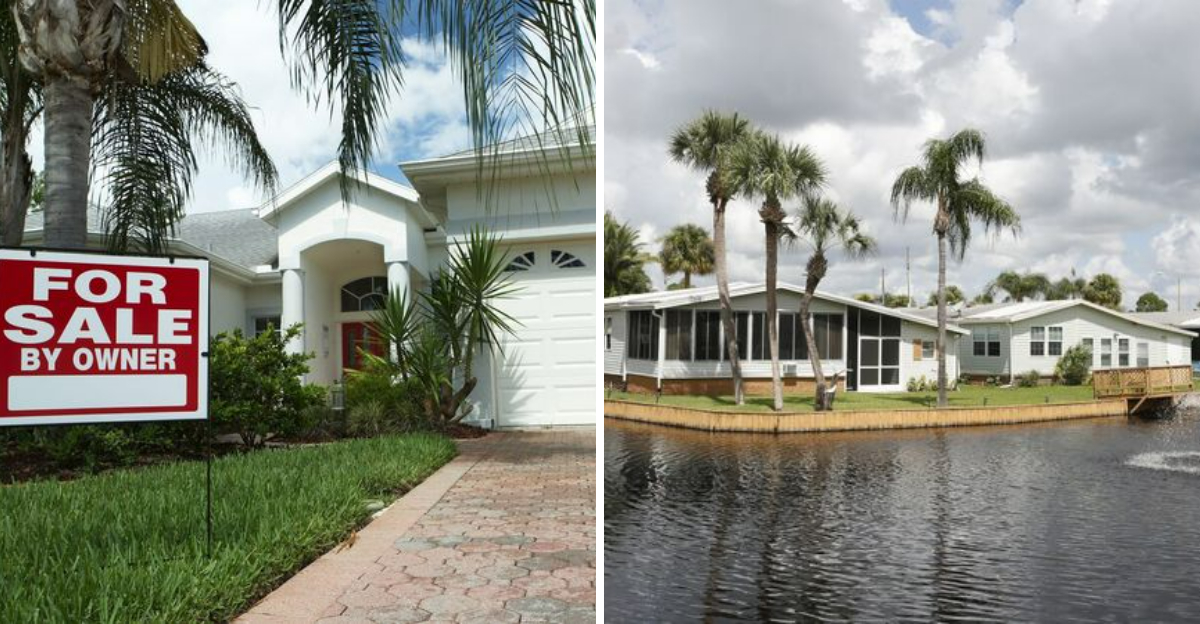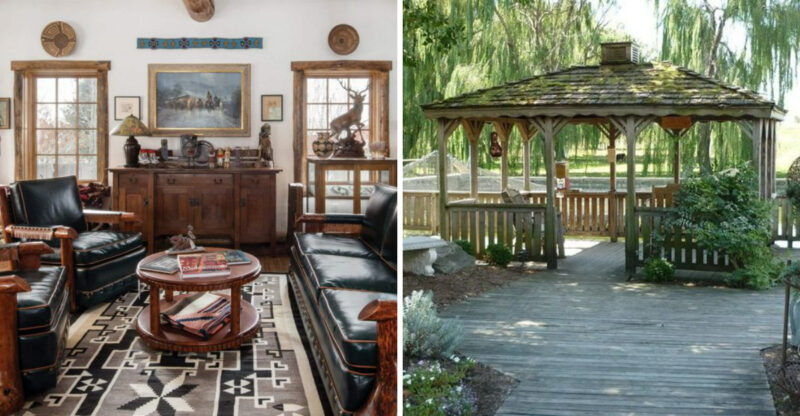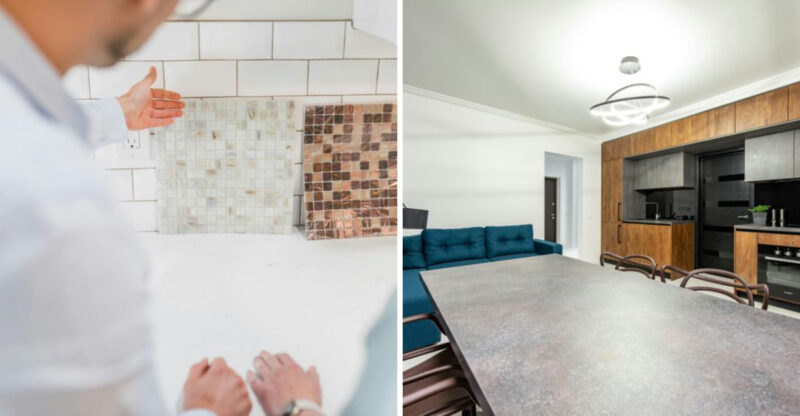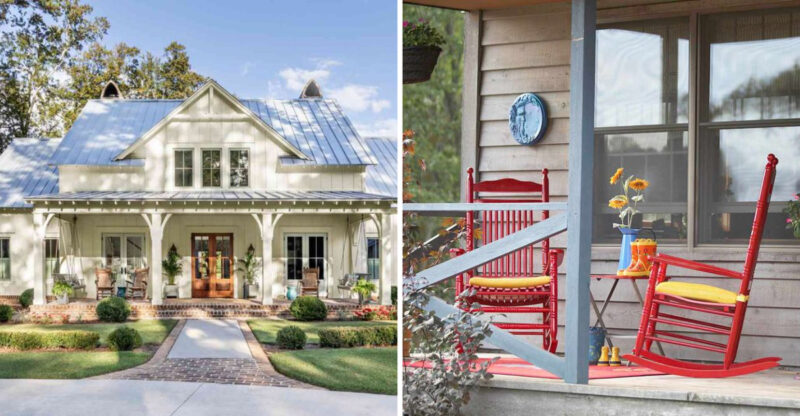10 Homes Losing Value Quickly, Especially In Florida And Nevada

Real estate markets can shift unexpectedly, leaving some homeowners watching their property values drop faster than they ever imagined. Florida and Nevada are experiencing particularly dramatic declines in certain housing types right now.
Understanding which homes are losing value most rapidly can help you make smarter decisions whether you’re buying, selling, or simply curious about market trends.
1. Coastal Properties Facing Erosion Risks
Beachfront dreams are turning into financial nightmares for many coastal homeowners. Properties sitting directly on eroding shorelines are watching their land literally disappear into the ocean.
Insurance companies are pulling out of these areas entirely, making it nearly impossible to secure affordable coverage. Your once-prized beach house could become unsellable if the erosion continues at current rates, especially along Florida’s vulnerable Gulf Coast.
2. Flood Zone Properties Without Updated Infrastructure
Living in a flood zone used to mean slightly higher insurance premiums, but now it means watching your equity evaporate. Communities without modern drainage systems are getting hammered by increasingly severe storms.
Buyers are avoiding these neighborhoods entirely, even when prices drop significantly. I’ve seen properties sit on the market for months because nobody wants the liability of constant flooding and skyrocketing insurance costs.
3. Desert Homes With Water Scarcity Issues
Nevada’s water crisis isn’t just news headlines anymore—it’s directly impacting property values across the state. Homes in areas with severe water restrictions are becoming harder to sell every month.
Maintaining landscaping has become prohibitively expensive or outright impossible. Communities dependent on shrinking water supplies are seeing buyers flee to regions with more reliable resources, leaving sellers stuck with declining offers.
4. Condos in Oversaturated Markets
Florida’s condo boom has turned into a massive oversupply problem in several metropolitan areas. Too many units chasing too few buyers creates the perfect storm for plummeting values.
Monthly association fees keep climbing while your unit’s worth keeps dropping. Developers continue breaking ground on new towers even as existing buildings struggle to maintain occupancy, pushing prices down further for everyone already invested.
5. Properties With Failing HOA Finances
Homeowners associations going broke spell disaster for property values throughout the entire community. When your HOA can’t afford basic maintenance, everything starts falling apart visibly.
Potential buyers see the deteriorating pool, cracked sidewalks, and overgrown landscaping and immediately walk away. Special assessments to fix the problems can run tens of thousands per homeowner, making these properties nearly impossible to sell at reasonable prices.
6. Older Manufactured Homes in Retirement Communities
Manufactured homes in aging retirement parks are depreciating faster than almost any other housing type. These properties rarely gain value, and older models lose worth rapidly.
Many parks are raising lot rent to unsustainable levels, driving residents out and making homes harder to sell. Buyers recognize that the structure itself provides little value compared to the ongoing monthly fees for the land lease underneath.
7. Homes Near Abandoned Commercial Developments
That promising mixed-use development near your home never finished, and now you’re stuck next to an eyesore. Abandoned or stalled commercial projects drag down surrounding residential values dramatically.
Empty storefronts and crumbling structures attract crime and reduce neighborhood appeal. Buyers won’t pay premium prices to live beside what looks like an economic disaster zone, regardless of how nice your actual house might be inside.
8. Properties in Tourist-Dependent Areas Post-Pandemic
Tourism patterns shifted permanently after the pandemic, leaving some previously hot markets struggling. Homes purchased as vacation rentals or in tourist-heavy zones are seeing dramatic value corrections.
Rental income has dried up while expenses remain constant. Many owners are trying to sell simultaneously, flooding the market and driving prices downward as desperation sets in among investors who overpaid during the boom.
9. Homes With Outdated Hurricane Protection
Insurance companies now demand specific hurricane protection standards that many older Florida homes simply don’t meet. Upgrading can cost fifty thousand dollars or more.
Buyers are factoring these massive retrofit costs into their offers, if they make offers at all. Homes without impact windows, reinforced roofs, and proper anchoring are becoming financial liabilities rather than assets in hurricane-prone regions throughout the state.
10. Investment Properties in Overbuilt Suburban Sprawl
Investors who bought multiple properties in rapidly expanding suburbs are getting crushed by oversupply. These identical subdivisions stretch for miles with nothing distinguishing one home from another.
Competition is fierce and prices keep dropping as investors try to unload properties before losing more money. The rental market is equally saturated, meaning you can’t even cover your mortgage by leasing the place out anymore.






